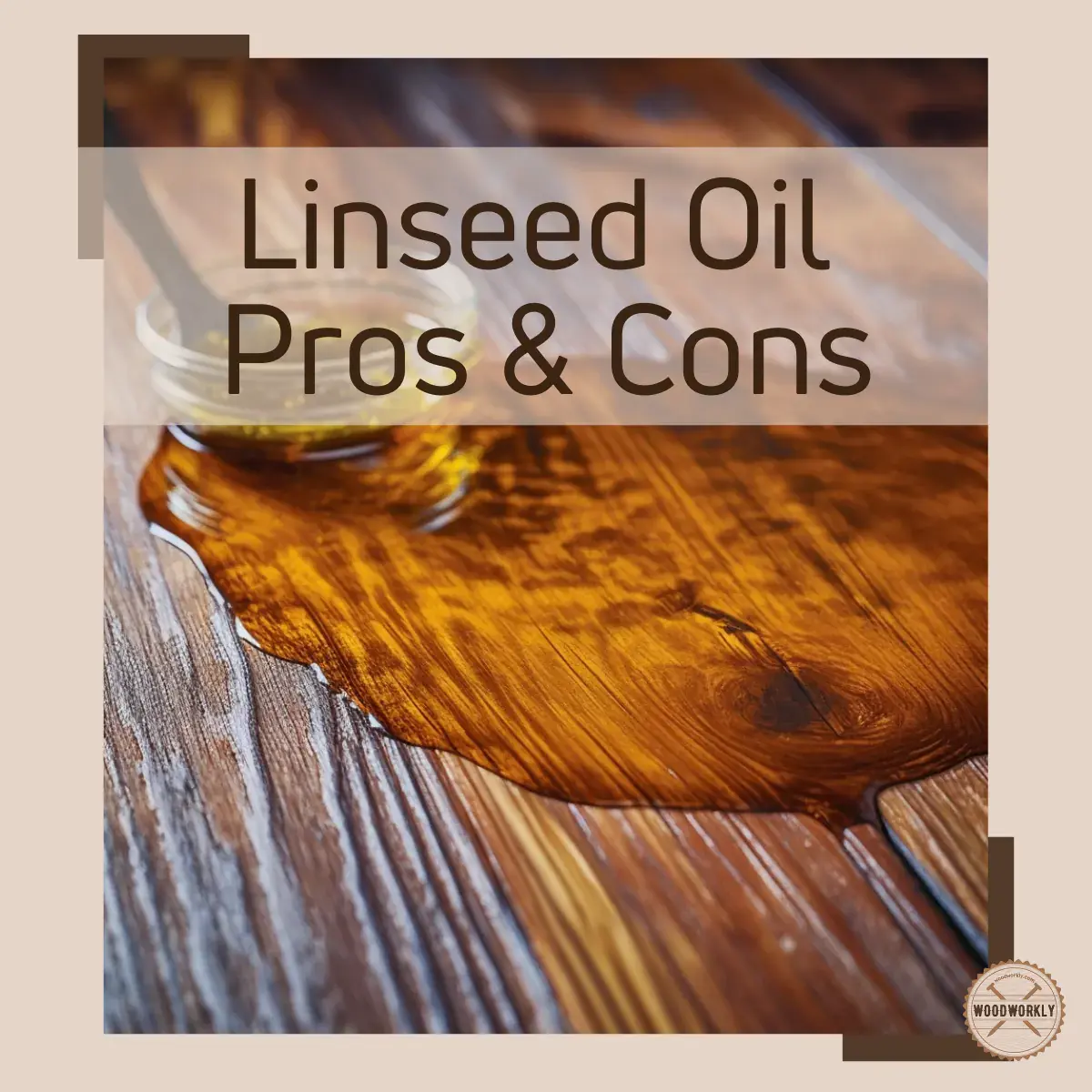Oak is a popular and widely used wood in furniture and woodworking projects due to its strength, durability, and attractive grain patterns.
Many woodworkers choose to finish oak with boiled linseed oil for its ability to enhance the wood’s natural beauty. However, it is important to note that boiled linseed oil should not be used on oak.
The properties of oak
Understanding the properties of oak is essential in grasping why boiled linseed oil is not suitable for this type of wood. Oak is a dense and porous wood, which means that it absorbs liquids more slowly compared to other types of wood.
When applied to oak, boiled linseed oil takes an extensive amount of time to dry, leaving the wood susceptible to damage and even decay.
To preserve the integrity and natural beauty of oak, it is recommended to use alternative finishes that are specifically formulated for this type of wood.
Drawbacks of using boiled linseed oil on oak
While boiled linseed oil may be suitable for some types of wood, it is important to understand why it is not recommended for use on oak. The primary drawback of using boiled linseed oil on oak is its slow drying time.
Oak is a dense and porous wood, which means it absorbs liquids more slowly than other woods. When boiled linseed oil is applied to oak, it takes an extensive amount of time to dry, leaving the wood vulnerable to damage and decay.
Alternatives to boiled linseed oil for oak
When it comes to finishing oak, there are several alternatives to boiled linseed oil that are better suited for this particular wood. One popular option is to use a polyurethane finish, which provides a durable and long-lasting coating.
For those looking for a more natural and eco-friendly option, tung oil is a great choice. Tung oil penetrates deeply into the wood, enhancing its natural beauty while providing protection against moisture and UV rays.
Proper care and maintenance for oak
Proper care and maintenance are crucial for maintaining the beauty and longevity of oak furniture or flooring. While selecting the right finish is essential, it is equally important to take care of the oak regularly.
Firstly, ensure that the oak is kept clean and free from dust and debris. Regularly dusting with a soft cloth or using a vacuum with a brush attachment can help remove any particles that might scratch the surface.
Secondly, avoid placing hot objects directly on the oak as this can cause heat damage and discoloration. Always use coasters or trivets to protect the surface.
Thirdly, be mindful of spills and moisture. Wipe off any liquids immediately to prevent staining or warping of the wood.Lastly, consider using furniture or floor protectors to avoid scratches from heavy furniture or foot traffic.
Professional advice for oak finishing
If you’re unsure about the best finish to use on your oak furniture or flooring, it’s always a good idea to seek professional advice.
Oak is a unique wood that requires specific care and maintenance, and using the wrong finish could have detrimental effects on its appearance and longevity.
A professional can assess the condition of your oak and recommend the best finish based on factors such as its current state, the level of durability required, and the desired aesthetic.
They will have in-depth knowledge of different finishes and their compatibility with oak, ensuring that you make an informed decision.
Conclusion
The importance of using the correct finish on oak cannot be overstated. Oak furniture and flooring are valuable investments that deserve the best care and maintenance to ensure their continued beauty and longeving.
You can rest assured that you are making an informed decision about the best finish based on the condition of your oak, durability requirements, and desired aesthetic.
They can provide expert guidance on application techniques and offer valuable tips for ongoing care and maintenance.
Remember, preserving and protecting your oak is not just about enhancing its appearance, but also about maintaining its structural integrity and value over time.










Hello!! My name is Jeanine
I love to eat, travel, and eat some more! I am married to the man of my dreams and have a beautiful little girl whose smiles can brighten anyone’s day!